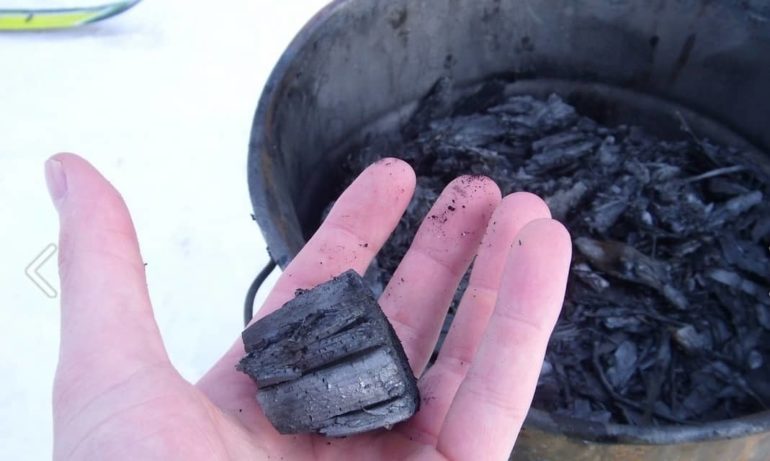A humble-looking black charcoal could very well be a viable option for mitigating carbon and other greenhouse gases while improving crop yields, soil fertility, and water-holding capacity. Though the science surrounding biochar is still evolving, the substance’s potential as both soil amendment and tool to combat climate change could make it one of the biggest agricultural innovations in years.
What is biochar?
Biochar is a soil amendment that makes weak soils more robust. According to U.S. Department of Agriculture (USDA) sources, the substance is thought to have been used by indigenous peoples in the Amazon basin who amended infertile tropical soils with biochar, cooking-fire debris, and kitchen waste. This enriched terra preta soil is still sought after today because of its high levels of soil organic carbon, nutrients, and cation exchange capacity.
Biochar is touted by experts at the International Biochar Initiative as a carbon negative climate change mitigation strategy. It sequesters carbon from biomass that would otherwise return to the atmosphere through decomposition and other natural processes, or through combustion as fuel. It can also reduce emissions of nitrous oxide (N2O) and methane (CH4) – both powerful greenhouse gases – from agricultural soil.
How does it work?
Biochar is produced by thermal decomposition of organic material such as wood, manure, or leaves under limited supply of oxygen and at relatively low temperatures (<700°C). Put simply, biochar is what remains when biomass is burned under specific conditions. It is similar to charcoal created for energy production, but different in that biochar’s primary use is agronomic.
Biochar is highly porous, creating space in the soil to soak up water and nutrients and retain them for plant use. It increases aeration and lowers soil density in some soils, which allows for better plant growth.
Use of biochar allows for reduction in the use of chemical and manure fertilizers that are broken down by decomposers in the soil into greenhouse gases, N2O and CH4, and released into the atmosphere.
Converting biomass into biochar prevents such feedstock from decomposing or being used as fuel, both of which emit carbon dioxide (CO2) and CH4 directly into the atmosphere.
Why biochar?
While other forms of organic matter such as leaf litter, compost, and manure all improve soil functions in similar ways, biochar is more effective at retaining the necessary components for plant growth and making them available over time, says Cornell University’s Johannes Lehmann. When produced from agricultural waste, biochar requires little environmental capital. In this respect, it has the potential to replace artificial fertilizers and other soil amendments making it one of the most innovative approaches to comprehensive sustainable soil management in recent memory.
The International Biochar Initiative claims that biochar not only sequesters carbon in soil and reduces N2O and CH4 emissions, it can also enhance soil microbial life and thereby store even more carbon, as well as generate energy to displace carbon positive energy produced from fossil fuels.
However, studies examining the effectiveness of biochar have found mixed results. A 2013 study conducted by Noel Gurwick et al. of the Smithsonian Environmental Research Center performed a systematic review of biochar research and found that, despite the 311 studies analyzed, there is not enough data to make conclusions about biochar’s ability to improve whole-system greenhouse gas systems. Claims that biochar reduces non-CO2 greenhouse gases are dubious at best. Moreover, the diverse range of feedstocks, methods, and field conditions presents a challenge to understanding definitively how long it sequesters carbon. In addition, the USDA’s Agricultural Research Service (ARS) has noted that there is sizeable variability in results measuring increased agronomic yields from biochar addition.







